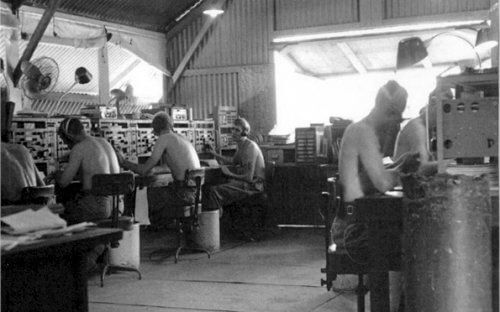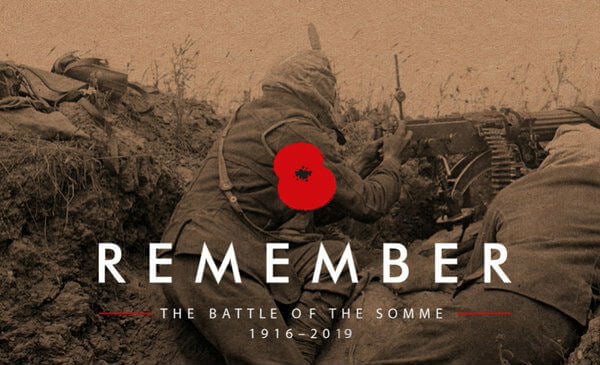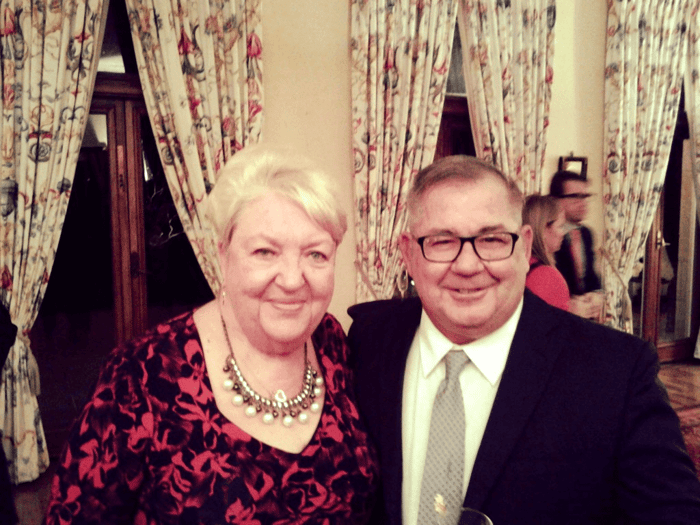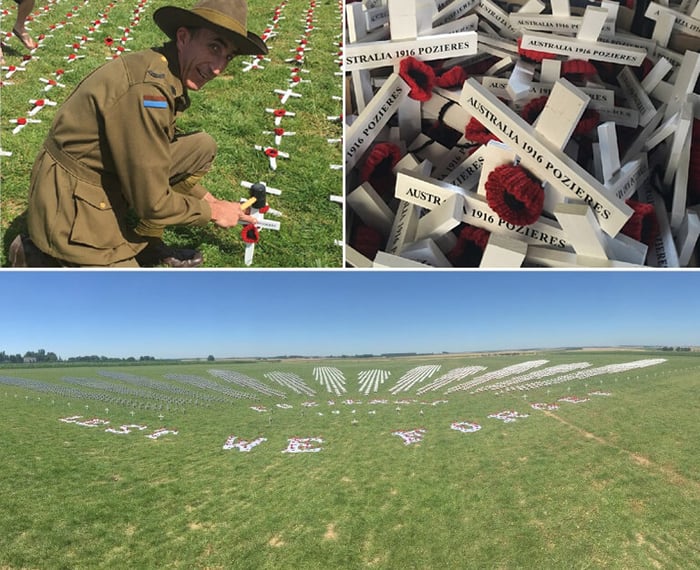
TOP SECRET INTELLIGENCE
Image: The “Set Room” of 547 Signal Troop at Nui Dat, where radio communications of VC and NVA transmissions were intercepted.
One of the little known and fascinating aspects of the Battle of Long Tan is the intelligence that was being collected, analysed and distributed to the 1st Australian Task Force (1ATF) Commander Brigadier David Jackson and some of his headquarters staff. During the Vietnam War a secret radio intelligence and tracking unit from the Australian Army – 547 Signal Troop – was stationed at Nui Dat in support of 1 Australian Task Force (1ATF).
The photograph above shows the secret Australian Army radio tracking unit which was, for 16 days right up until 4 days before the Battle of Long Tan, tracking the radio transmitter of the Vietnamese 275 Viet Cong Regiment as it moved from its base area through to when it stopped just short of the Long Tan rubber plantation. This is the regiment comprising 2,500 soldiers who would fight against D Company, 6RAR during the Battle of Long Tan only a few days later on 18 August 1966. Intelligence indicating a possible enemy regiment of 2,500 men being in the vicinity of the Long Tan rubber plantation was not shared with Australian combat commanders like Major Harry Smith who led D Coy, 6RAR during the battle.
However, it is important to remember that throughout all wars and conflicts intelligence assessments are just that, assessments. It is always easy in hindsight to say certain pieces of intelligence were proven after the fact but in this case most rational people would argue that this type of information should have been shared with combat commanders as it may alter their planned force disposition, tactics, routes and even the levels of ammunition they take out on patrol.
The interesting aspect of this unit’s operation and the Battle of Long Tan is that the intelligence was only shared with Major Dick Hannigan (the task force operations officer), the two intelligence officers on the task force headquarters, and Brigadier Jackson himself. Information arising from these measures was available to battalion commanders such as Col Colin Townsend Commanding Officer of 6RAR, but they could not be told its source. Such security was maintained to prevent the enemy deducing that their radio traffic was being monitored.
But the habitual secrecy also meant that officers other than those of the Intelligence Corps had no experience in interpreting, evaluating or even understanding the strengths and limitations of this form of information. Jackson, for one, had not been exposed to signals intelligence before. As a result his ability to use it, as far as the signals intelligence officer was concerned, was ‘very limited’. Commanders who had to act on the information were not able to assess its reliability for themselves.
But, as you will read in the extract below there were also some other human and personality factors involved in the whole intelligence story behind the Battle of Long Tan. This intelligence also partly or fully explains why Brigadier Jackson delayed sending the relief force comprising soldiers of A Coy, 6RAR and the APC’s for more than hour to assist D Coy during the battle. In his position of overall commander he would be worried about a direct attack on the task force base as the intelligence also indicated another enemy regiment, 274 Regiment also comprising 2,500 soldiers was to the North West of Nui Dat and therefore sending any reinforcements to D Coy would weaken the Nui Dat defences even further.
You can download an extract (PDF below) outlining the fascinating background to the intelligence relating to the Battle of Long Tan below as well as a good document outlining the history of the Australian Army’s 547 Signal Troop during the Vietnam War:
- Battle-of-Long-Tan-Intelligence-Background (.PDF 505K) – extracted from Ian McNeill’s book ‘To Long Tan: Australian Army and the Vietnam War, 1950-66 (Official History of Australia’s Involvement in Southeast Asian Conflicts, 1948-75) Allen & Unwin Australia, 1993.
- History-of-547-Signal-Troop, Australian Army (.PDF 794K)
This information was not known to Lex McAulay who wrote the first book about the Battle of Long Tan back in 1986 or the majority of Long Tan veterans until some 25 years after the battle.










